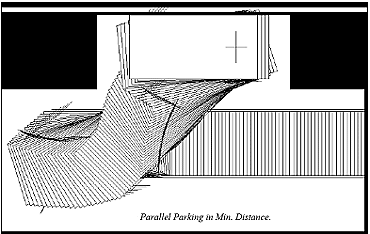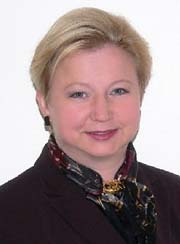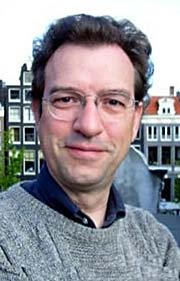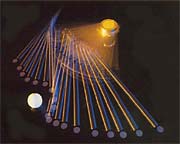 |
 Visit Philips Global Visit Philips Global
|
|
|
||||||||||||||
|
||||||||||||||
|
|||||||||||||||||||||||
|
Philips | Privacy policy | Terms of use ©2004-2005 Koninklijke Philips Electronics N.V. All rights reserved. Official Partner of the 2006 FIFA World Cup Germany™ |

|




